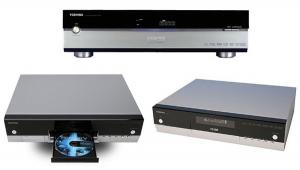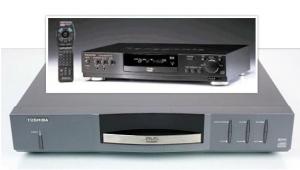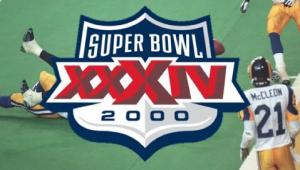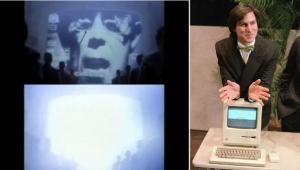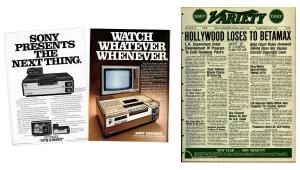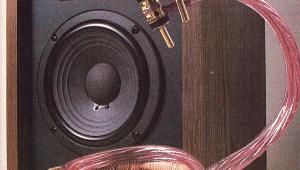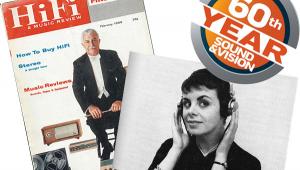Flashback 1997: Microsoft Shows Off WebTV
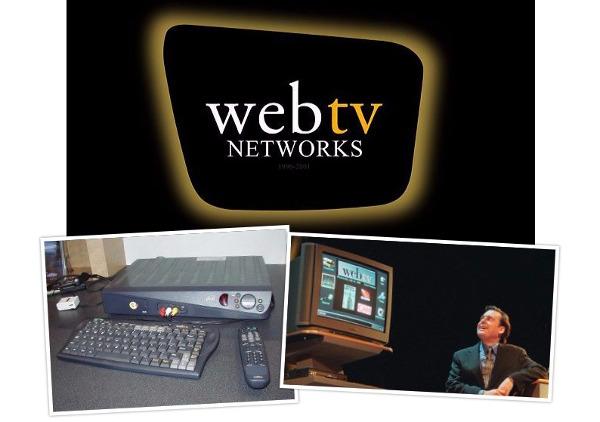
A predecessor to today’s smart TVs, the pioneering service (later renamed MSN TV) used a set-top box to bring internet access, interactive digital TV, digital video recording, and games to the television. The product is considered to be the first true convergence product.
As Motherboard observed in the 2016 post The Story of WebTV, the Smart TV of the 90s, “WebTV's dream of couch surfing the internet on your TV with a remote never really took off... but it never really died, either.”
Excerpts from that post:
Two decades ago, WebTV launched a bold idea into the mainstream… and caught the fringes. What can we learn about the internet from this noble failure?Terrible product ideas are a dime a dozen, but what about ideas that are fascinating, and perhaps executionally sound, but conceptually flawed?
How often do they come about? And how often is it that they stick around the market for 17 years, despite fairly limited public interest?
Such is the case of WebTV, the set-top device that allowed you to surf a television-optimized version of the web. On September 18, 1996 — 20 years ago this week — a startup firm released a device that meant to bring the internet to the living room. It was a bet that people didn't want to use a computer set up at a desk to get online — a bet that turned out to be half-right, because ultimately people didn't want to be tethered at all….
Despite being heavily hyped, WebTV struggled to gain traction during its early years.
The technology itself, first conceptualized by a startup of the same name and distributed by tech giants Sony and Philips, was impressive and forward-thinking at the time, taking advantage of a budding mainstream interest in the web....
But the web was simply not designed for reading 10 feet away from the screen, despite changes made by Perlman and other developers that specifically focused on television readability. [Note: The web was text-based in those days.] They made the text bigger, worked hard on the typography, and made it easy to scroll through links with a remote control. But it was still a slog.
Perhaps one telling sign of the challenges of selling the public on WebTV comes from the roadshow clip. Cofounder Bruce Leak, as he showed off the capabilities of the system while searching for the television show Friends, had to stall a bit when the 1996-era website for NBC's Friends, a fairly primitive site by today's standards, struggled to load. The issue was two-fold: [Dial-up!] Modems are slow, but the page, additionally, was not optimized to work effectively on WebTV. There were a lot of pages like that at the time.
The solution to this issue, of course, is not unlike what we see happening today on mobile platforms: responsive websites, dedicated apps, and progressive approaches designed to take advantage of the small screen so that content is readable anywhere. But unlike mobile phones, where the user bases simply couldn't be ignored, WebTV for much of its history was the only company doing any of this stuff, and they didn't have enough subscribers to be taken seriously, so the idea of selling developers on creating a television-formatted version of their website was a nonstarter.
More from the Motherboard post:
Why Microsoft mostly left WebTV (also known as MSN TV) alone for 16 yearsThere was a period of time when WebTV could be considered something of a hit, if a modest one, and it was within the first year or two after Microsoft made its eye-popping purchase of the firm [for $425 million] , which in comparison to Yahoo's $3.57 billion purchase of Geocities in 1999, wasn't too bad, considering.
(From a numbers perspective: In February 1998, the company had 250,000 subscribers. In comparison, AOL had 11 million subscribers at the end of that March, according to CNN Money. By December 1999, CNN reported that WebTV subscribers had topped 900,000.)
But the thing is, the internet was moving too fast for a set-top device of this nature. While WebTV got an upgrade soon after its purchase from Microsoft that added some fairly interactive video features that predicted the launch of TiVo a few years later — as highlighted by this William Shatner-starring WebTV commercial from 1998—its web engine quickly found itself out of date, unable to keep up with the speedy changes of browsers like Netscape, Internet Explorer, and later, Firefox.
WebTV's proprietary setup was part of the problem, as it was designed from the ground up to offer a television-optimized experience. This meant that it couldn't easily take advantage of the open-source offerings of the era, and that porting Microsoft's comparably-better Internet Explorer would be a challenge. (It also didn't help that screen resolutions were quickly improving on computers, making the low resolution of TV sets even more of an issue.)In 2013, 16 years after acquiring WebTV, Microsoft pulled the plug on MSN TV, the service formerly known as WebTV, citing the rapidly evolving internet as a contributing factor to the service's demise:The Windows giant ultimately shifted the device's gears. They changed the name of the platform to MSN TV in 2001 and started giving away the devices to MSN members, convincing them to stay with the service (hey, they were desperate). Then, when it came time for an upgrade in 2004, the company released the MSN TV 2 with innards that were closer to the original Xbox than to the original WebTV. It had more robust media player features, along with an Intel Celeron processor. More so than the WebTV was, it was essentially a computer that worked on your TV.
Ron Goldin, a designer for Microsoft during the era, considered the interface a major upgrade from the WebTV.
"The complete overhaul of the design for a then 4:3 resolution TV was ground-breaking in terms of its simplicity in navigating non-linear grids with no pointing device, as well as a custom keyboard for more involved tasks like composing emails," Goldin wrote on his website.
The new device utilized Internet Explorer, much closer to what people were actually using on their desktops, but the device still wasn't ideal for surfing the web—in part because TV screens by this point still hadn't caught up with their desktop competitors…
In a lot of ways, the MSN TV 2, which was distributed by RCA, set the stage for all the devices we use on our TVs now. But it didn't get much in the way of upgrades after 2004—it was left to die on the vine.
“WebTV (later called MSN TV) started in 1996 with the goal to bring new people 'online' and to give those already online an easy, hassle-free means of accessing the internet from the comfort of their homes. Later, MSN TV 2 was released with vastly greater power and features. Since then, the web has continued to evolve at a breathtaking pace, and there are many new ways to access the internet.”


